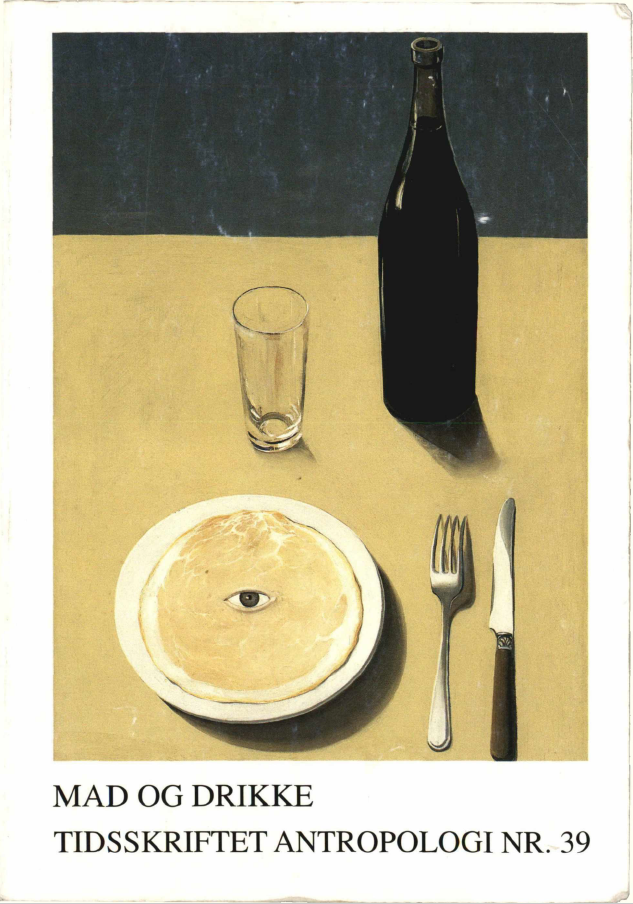MASATO-DRIKNINGENS SOCIALE RUM: Ashéninkasamfundet i Gran Pajonal
DOI:
https://doi.org/10.7146/ta.v0i39.115182Abstract
Hanne Veber: The Social Space of Masato
Drinking and Ashéninka Society in the
Gran Pajonal
Ashéninka natives in the Gran Pajonal, an
isolated area with small and widely dispersed
settlements in the Upper Amazon of eastem
Peru, are fond of drinking masato to the point
of even distinguishing themselves as “the
ones who drink masato”. Masato is a homebrewed
beer made from manioc, the staple
crop and basis of Ashéninka subsistence.
Ashéninka from different settlements
regularly gather for communal drinkingbouts
that get entire communities solidly
intoxicated on masato for two or more days.
The article considers the phenomenon in
terms of its performative capacity for
invoking codified meanings and forms of
interaction central to Ashéninka social life.
From this perspective, the communal
drinking-bout becomes a symbolic medium
of communication where the code for being
Ashéninka is enacted and reiterated. This
implies a social coherence, perhaps the
existence of the thing otherwise refered to by
the term “society”. It includes the scattered
and independent settlement of Ashéninka
who adhere to the code and contribute to its
reproduction. This society, however, is not
an interrelated series of parts that make up a
whole plus something else in the
Durkheimian sense of “the social”. It is
rather a symbolically constructed horizon of
possibilities and expectations, always
provisional and emergent. Masato, then, is
the developer through which the contours of
this Ashéninka society become visible.
Downloads
Published
How to Cite
Issue
Section
License
Ophavsretten til artiklerne i Tidsskriftet Antropologi tilfalder forfatteren.
Artikler publiceret i Tidsskriftet Antropologi må citeres, downloades og videresendes for ikke-kommerciel brug, under forudsætning af normal akademisk reference til forfatter(e) samt tidsskrift, årgang, nummer og sider. Artiklerne må kun genudgives med eksplicit tilladelse fra forfatter(e) og tidsskriftet.


